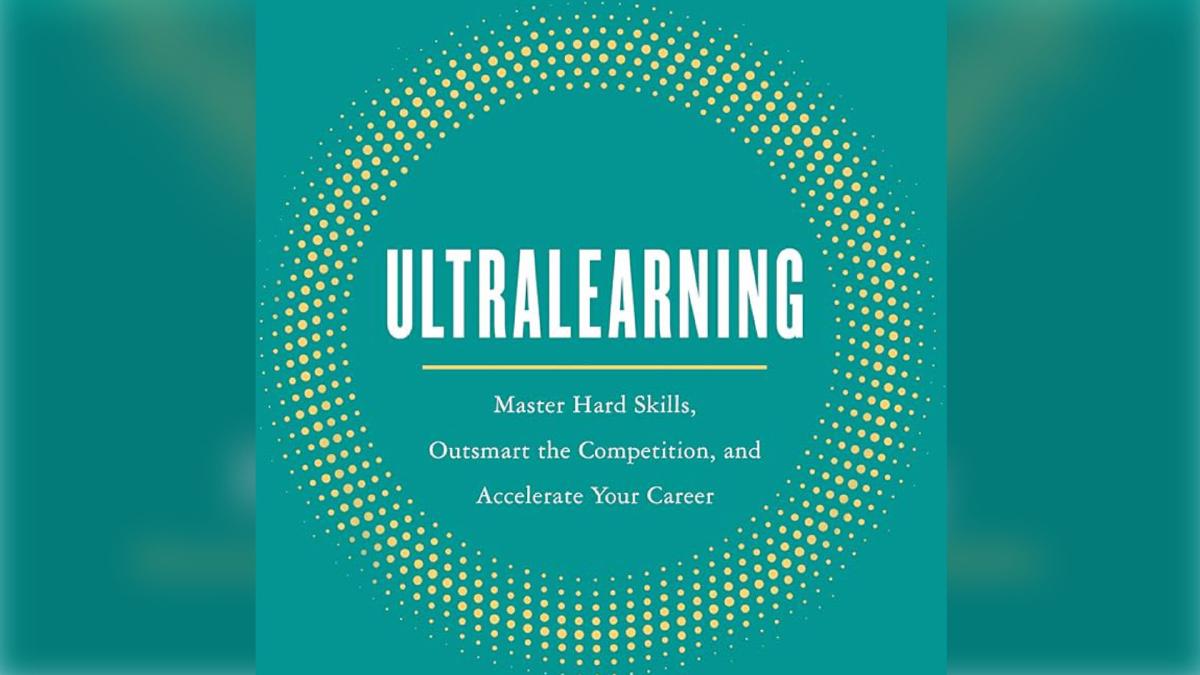
Ultralearning
Ultralearning has been a useful book for me. If you haven’t tried learning how to learn, this book is a must-read. This also isn’t taught in school, unless something changed since I attended it.
There are a handful of key points this book focuses on. One is metalearning, which is how to learn. There are also sections covering focus and intensity, continuous and constructive feedback, deliberate and continual practice, how to apply what you’re learning to the real world, and a few other key points.
One of the biggest themes I noticed with this book was how Scott mentioned the best way to learn something was to just jump right in. There are many stories covered in the book, but a common example he used was language learning. Scott talked about travelling to Spain to learn the language. He took a challenge to only communicate using Spanish because he says using that method is the best way to learn.
I use this method a lot and it works well. One example is the last couple websites I made were with platforms I had no experience with. Rather than spend time watching a bunch of tutorials, I decided to jump in and work on them. Another example was when I needed to do some work on a truck. I had no mechanic experience and needed to remove most components from the engine bay (radiator, coolant tank, coolant lines, water pump, tensioner pulley, etc). I got the tools I needed, went to work, and got the problem taken care of, and followed steps in a manual only when I needed specific guidance on how to do something.
The point to all that is sometimes it works best to just get started. I’ve seen people procrastinate by reading about a problem or something they want to learn, watch videos about it, think about doing it, but they don’t ever start. I’ve also been that person on plenty of occasions. The only way to truly learn and cement knowledge is to get in the dirt and do the work.
There are a lot of other great points in the book that you can learn about. One more I’ll cover is consistent and constructive feedback. You need to be able to get feedback from people who’re coming from a place of trying to help you improve. One thing to be careful of here is to not take feedback from some loafer who’s working against your best interests. There’s no shortage of people out there who give bad feedback.
Being able to take feedback and use that to improve will help shortcut the learning process. This can be hard to get from people unless they’re comfortable talking to a person in a critical manner, which many aren’t. You need to make sure you don’t take constructive feedback negatively, or you likely won’t get any future feedback from the person you got mad at.